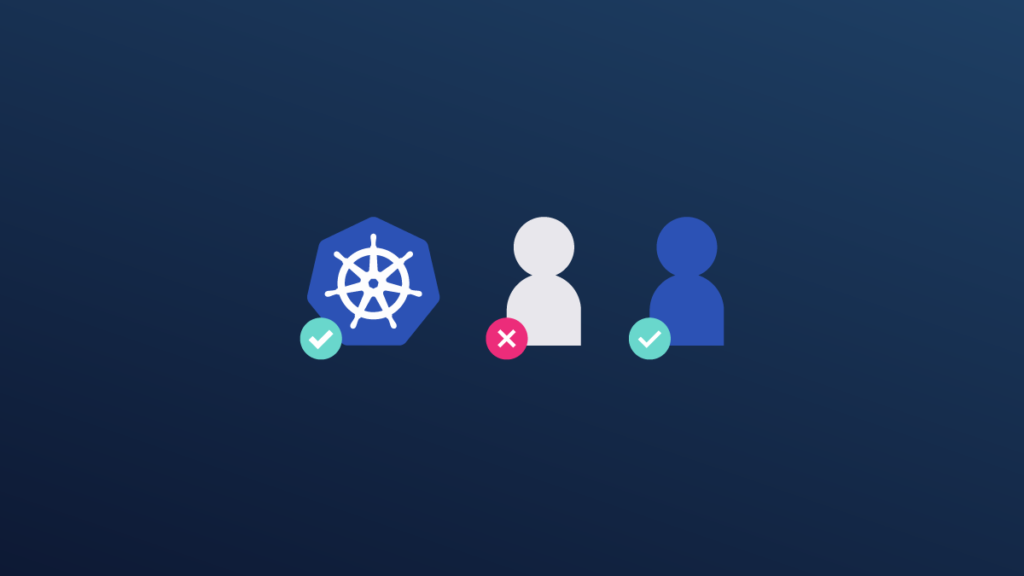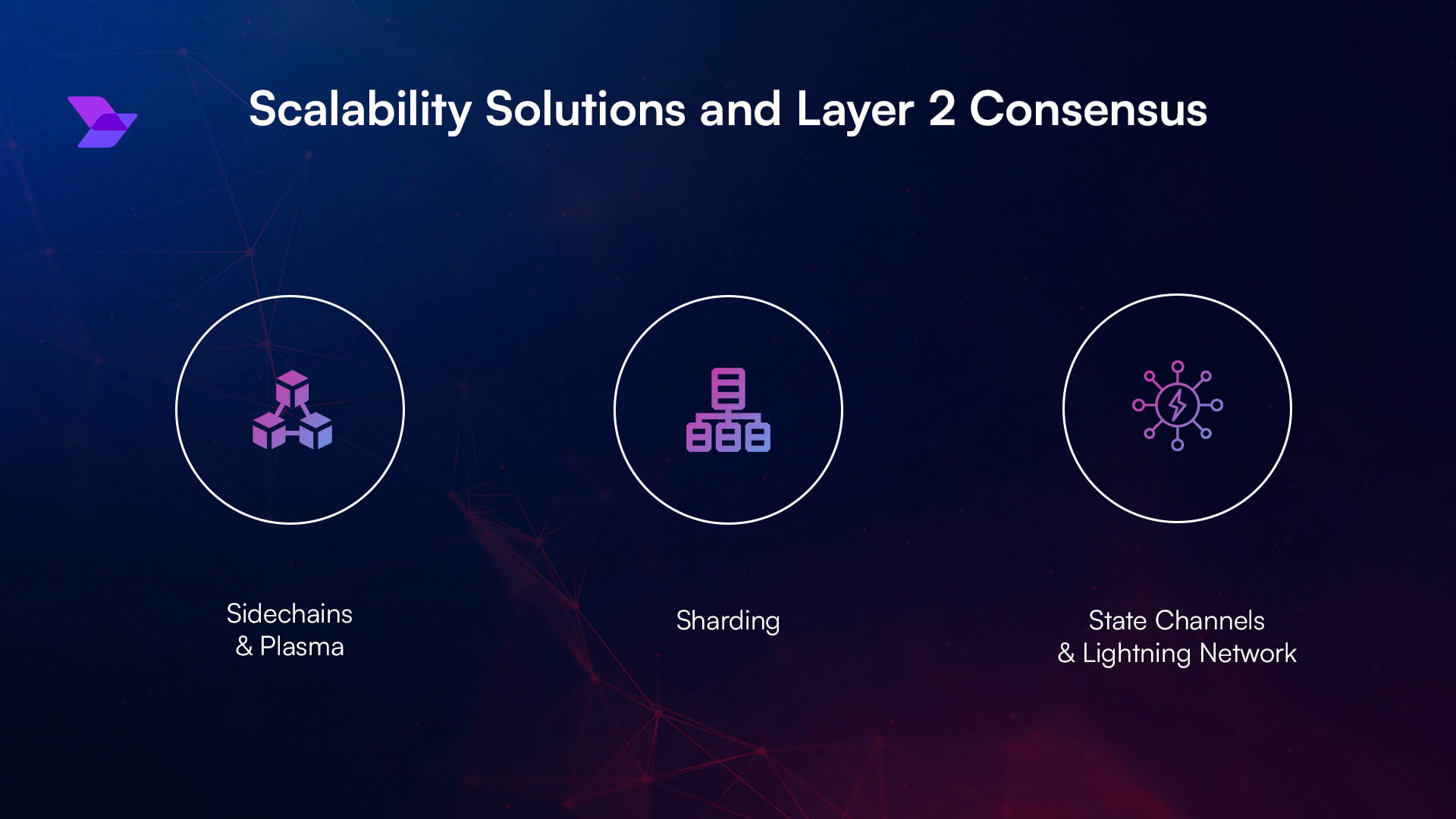
Imagine a grand theatre performance. Every actor knows their role, every stagehand understands their duties, and only a few have the authority to step behind the curtains or adjust the lights. If everyone had unrestricted access, chaos would overshadow the art.
This is precisely the purpose of Role-Based Access Control (RBAC) in Kubernetes and beyond. It ensures that individuals—be they developers, operators, or automated services—only have the permissions required for their role, no more and no less. In environments as dynamic as Kubernetes, RBAC provides the order and discipline necessary to keep the show running smoothly.
The Stage Metaphor: Why RBAC Matters
Without RBAC, granting blanket permissions is like handing every actor the keys to the director’s office. Sure, the play might go on, but the risk of mistakes, misuse, or intentional disruption skyrockets. RBAC introduces balance: access is carefully distributed, allowing people to focus on their roles without disrupting others.
In Kubernetes, this means defining roles and binding them to specific users or service accounts. Administrators can control who can view logs, who can deploy applications, and who can modify configurations. This not only enhances security but also preserves accountability—every action has a traceable owner.
Learners starting a DevOps course in Bangalore often encounter RBAC as one of the foundational principles of secure cluster design. It teaches them that managing access is just as critical as managing workloads.
Anatomy of RBAC in Kubernetes
Kubernetes implements RBAC through four key objects:
- Role: Defines specific permissions within a namespace.
- ClusterRole: Similar to Role, but applies across the entire cluster.
- RoleBinding: Grants a Role to a user or service account in a namespace.
- ClusterRoleBinding: Extends ClusterRole permissions cluster-wide.
Think of these as scripts handed out in the theatre analogy. Some scripts are for specific characters in a scene (Role), while others apply to the entire cast (ClusterRole). The bindings are the director’s assignments, ensuring that each actor plays only their intended part.
This fine-grained control allows administrators to craft policies that align precisely with organisational needs, avoiding the risks of over-permissioning.
Beyond Kubernetes: RBAC Across Systems
While Kubernetes popularised RBAC in the cloud-native world, the concept extends far beyond container orchestration. Operating systems, cloud providers, and enterprise applications all rely on role-based controls to secure sensitive resources.
For example, cloud platforms like AWS IAM or Azure AD implement similar principles; users are granted roles with policies that define the resources they can manage. Even business applications, such as CRM platforms, often rely on RBAC to separate access for sales, support, and finance.
Institutions offering DevOps courses in Bangalore often highlight the cross-platform applications of RBAC. Students learn that the principle remains consistent even when the implementation details differ: define roles, assign permissions, and bind them carefully to maintain order and organisation.
Challenges and Best Practices
Despite its elegance, RBAC isn’t foolproof. Common pitfalls include granting overly broad permissions, failing to conduct regular audits, and creating role sprawl, where numerous custom roles can confuse administrators.
Best practices include:
- Principle of Least Privilege: Always assign the minimum access necessary.
- Regular Auditing: Review role assignments to detect anomalies.
- Automation: Use Infrastructure as Code (IaC) to define and track roles consistently.
- Documentation: Ensure clear visibility of who has access to what.
RBAC is most effective when treated as a living system—one that adapts to organisational growth and evolving security needs.
Conclusion
RBAC is more than a technical feature; it’s a philosophy of discipline, responsibility, and balance. In Kubernetes and other systems, it ensures that every participant has the correct permissions to play their part without jeopardising the whole performance.
As organisations embrace increasingly complex, multi-cloud environments, RBAC remains a constant—anchoring security and clarity in a sea of change. For professionals, mastering RBAC means not only securing systems but also fostering collaboration where everyone is aware of their role.





